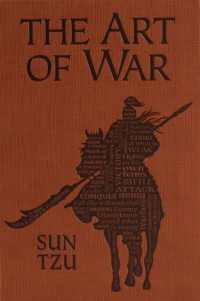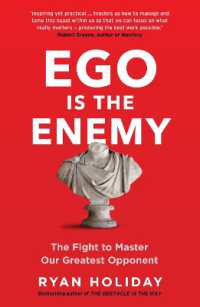The Art of War
The Art of War, an ancient Chinese military treatise attributed to Sun Tzu, is arguably the most influential work on strategy ever written. Composed of 13 chapters, each dedicated to a different aspect of warfare, its principles extend far beyond the battlefield, offering profound insights applicable to business, politics, and personal development.
Core Principles
1. Laying Plans (始計)
Emphasizes the importance of careful planning and assessment before engaging in conflict. Victory is determined before the battle begins through factors like moral influence, weather, terrain, command, and doctrine.
2. Waging War (作戰)
Focuses on the economics of warfare, stressing the need for swift campaigns to avoid prolonged engagements that deplete resources.
3. Attack by Stratagem (謀攻)
Advocates for winning without fighting, through diplomacy, disruption, and psychological warfare. The highest form of generalship is to thwart the enemy’s plans.
4. Tactical Dispositions (軍形)
Discusses the importance of defensive positions and invincibility. One must be unassailable before seeking to conquer the enemy.
5. Energy (兵勢)
Explores the use of direct and indirect methods, and the importance of creating momentum and perceived chaos to overwhelm the enemy.
6. Weak Points and Strong Points (虛實)
Teaches how to avoid the enemy’s strengths and strike at their weaknesses. Focus on concentration of force against dispersed enemy.
7. Maneuvering (軍爭)
Deals with the dangers and advantages of direct engagement, emphasizing deception and speed in movement.
8. Variation in Tactics (九變)
Highlights the need for flexibility and adaptability, understanding that there are situations where one should not follow conventional rules.
9. The Army on the March (行軍)
Provides guidance on how to position and move troops through various terrains and situations.
10. Terrain (地形)
Categorizes different types of terrain and explains how to utilize them to one’s advantage.
11. The Nine Situations (九地)
Describes nine types of ground (e.g., dispersive, facile, contentious) and the appropriate strategies for each.
12. Attack by Fire (火攻)
Discusses the use of fire as a weapon and the conditions necessary for its effective deployment.
13. The Use of Spies (用間)
Emphasizes the critical role of intelligence and espionage in warfare, categorizing different types of spies.
Enduring Legacy
The Art of War transcends its military origins, offering timeless wisdom on strategy, leadership, and conflict resolution. Its teachings on understanding oneself and the adversary, the importance of adaptability, and the value of winning without direct confrontation continue to resonate in diverse fields, making it a foundational text for anyone seeking to master the art of strategy.




